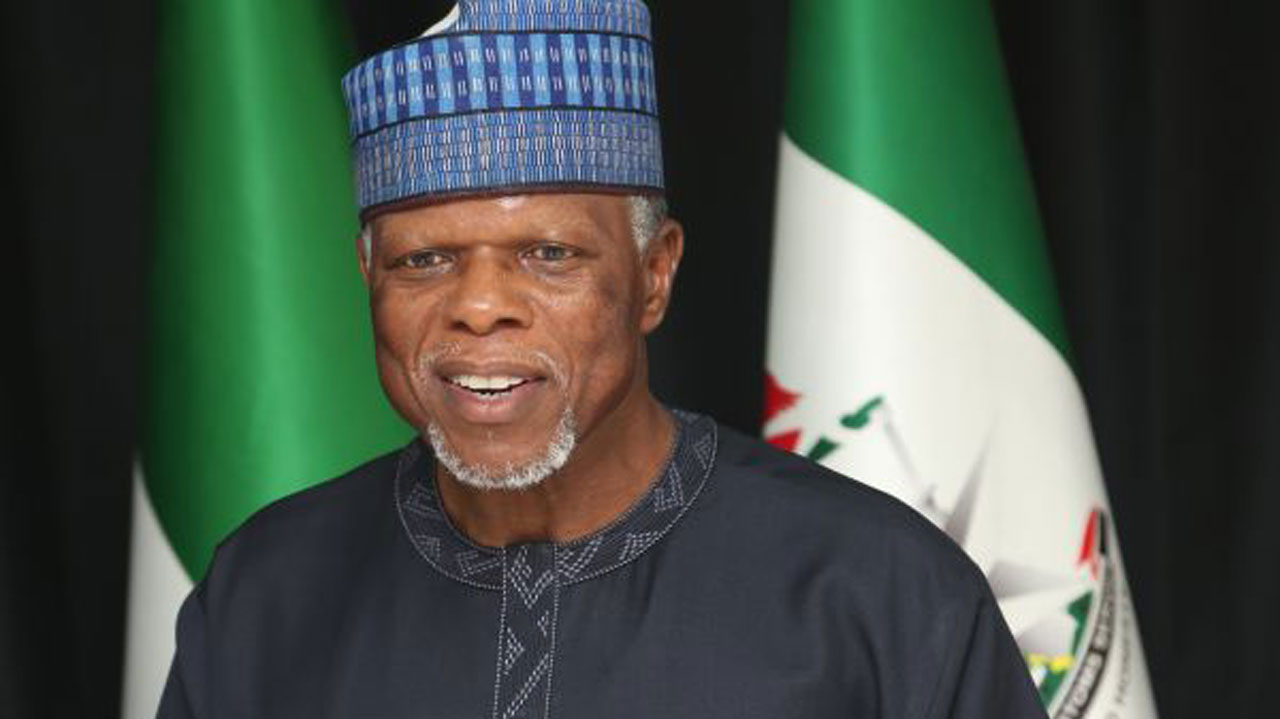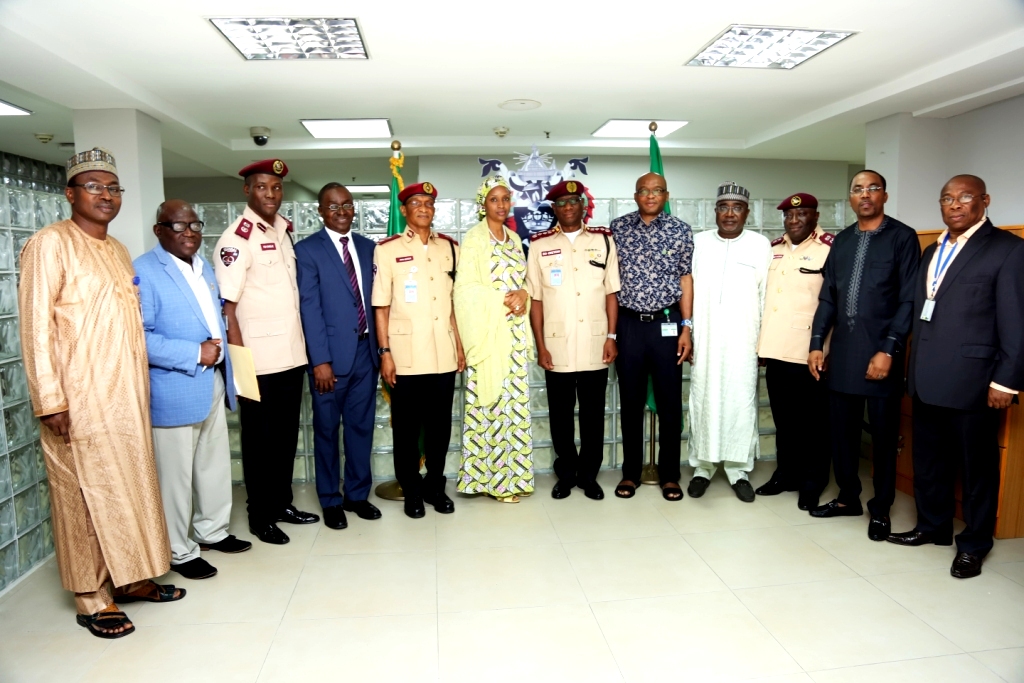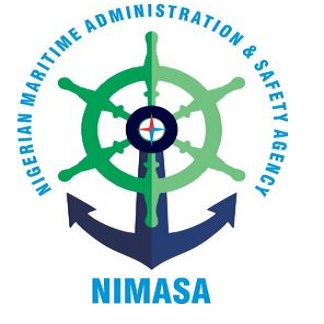Leading maritime stakeholder and Chief Executive Officer of Hermonfield Limited, Tunji Olaosun has traced the surge in demurrage on imported containers to two key factors including lack of trust which compels almost every container to 100 per cent examination and capacity of cargo handling equipment.
He said “For you to take charge of your cargo upon import there are three releases you need; Customs release, shipping release and terminal release.
“Now Customs release is usually one of the easiest to get because you can do a pre-destination inspection. Even before the vessel arrives, Customs could have inspected it and released your cargo to you.
“However, within the Customs operation there is also what we call channels of release. They have the green, blue, yellow and red channels.
“All diplomatic goods come through the green channel, goods that come through yellow channel go through scanning, blue channel is fast track and red channel is 100 per cent examination.
Because of several reasons which include trust, over 95 per cent of Nigerian imports go through the red channel.
“For the cargoes that go through the red channel, a massive land space is needed for positioning of containers for 100 per cent physical examination. That in itself is the major challenge they have in the ports.
On why this remains a challenge, Olaosun stressed that “When as a clearing agent, you go for Customs release and they say your cargo is on the red channel, what it means is that they cannot release that cargo until they physically examine it”.
“Now to physically examine it, there will be a request from Customs to position the cargo. What the terminal operators are supposed to do is book electronically in the sense that they should know the land mass that they have for positioning of containers. So, for instance I can say I have a land mass that can take 300 Ten Equivalent Units of containerized cargoes.
“300 TEUs means that the terminal can either place 300 containers of 20-feet or 150 containers of 40-feet. But what some of them do is that they overbook
“They take in all these orders and tell people to show up for positioning of their containers. At the end of the day, they have taken 600 orders and for that day, they can only position 300 containers.
“Now while that is being done, demurrage continues to count on containers that have not been positioned. Another thing is, when Customs require that you position a container, it means that container must be positioned based on the Bill of Lading because Customs release goods based on it and that Bill of Lading contains the list of the importer’s containers.
“If an importer has 20 containers on his Bill of Lading and Customs say that Bill of Lading is on the red channel, it means they need to physically examine those 20 containers and the way they will stack the containers in the terminal, the people may only be able to find 15 out of 20 because they did not stack them based on the Bill of Lading, they just block stack them in the yard.
“So, now if the Customs go to examine your containers and they find 15 out of 20, they will not examine them until there are 20 of them.
“Meanwhile other bookings keep coming because bookings happen every day. If the containers are not examined, it is either the importer removes the 15, places another set or he adds the five and it may take them two weeks to find the five.
“These are the things that inflate the cost of doing business in the ports and also contribute to congestion.
He however, observed that “Another thing could easily be that some terminals don’t have enough handling equipment to position containers because if they position 30 containers for the day for instance, overnight, they are supposed to remove those 30 and place another 30, but because they don’t have adequate equipment, they are not able to remove those ones and reposition others”.
“Some terminals also do not provide adequate space for Customs inspection because the inspection does not give them money. What they make money from is ground rent. If at the end of the day they dedicate more space for Customs inspection, it means the ground rent for them has reduced.
“Instead of doing all of that, they will just give limited space for inspection and dedicate more space for imports and empty exports. So you have more containers that are imports and exports and very little space for examination.
“There was a time that for Customs examination, terminals were so frivolous that they stacked containers so high that Customs had to use ladder to inspect,” Olaosun noted.









